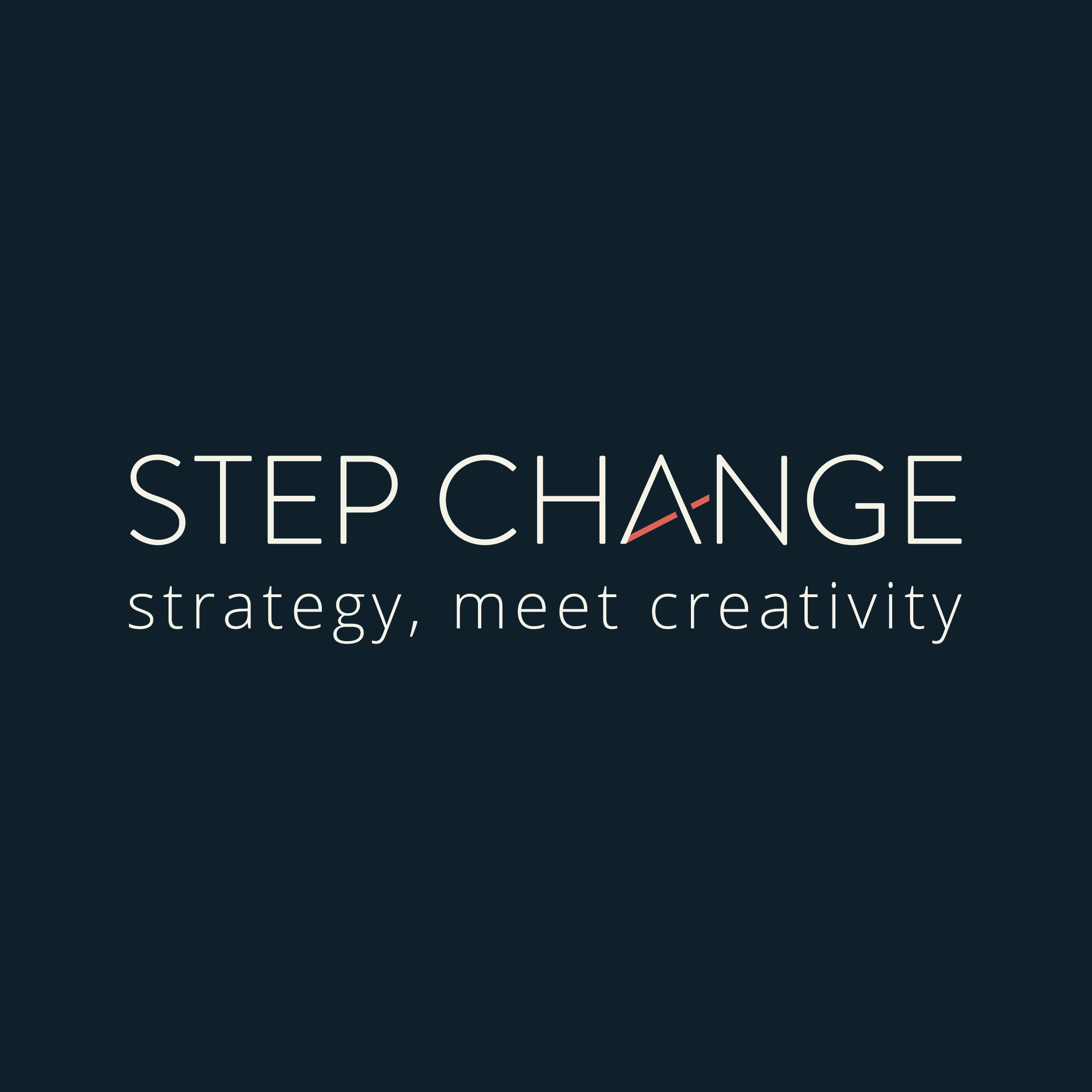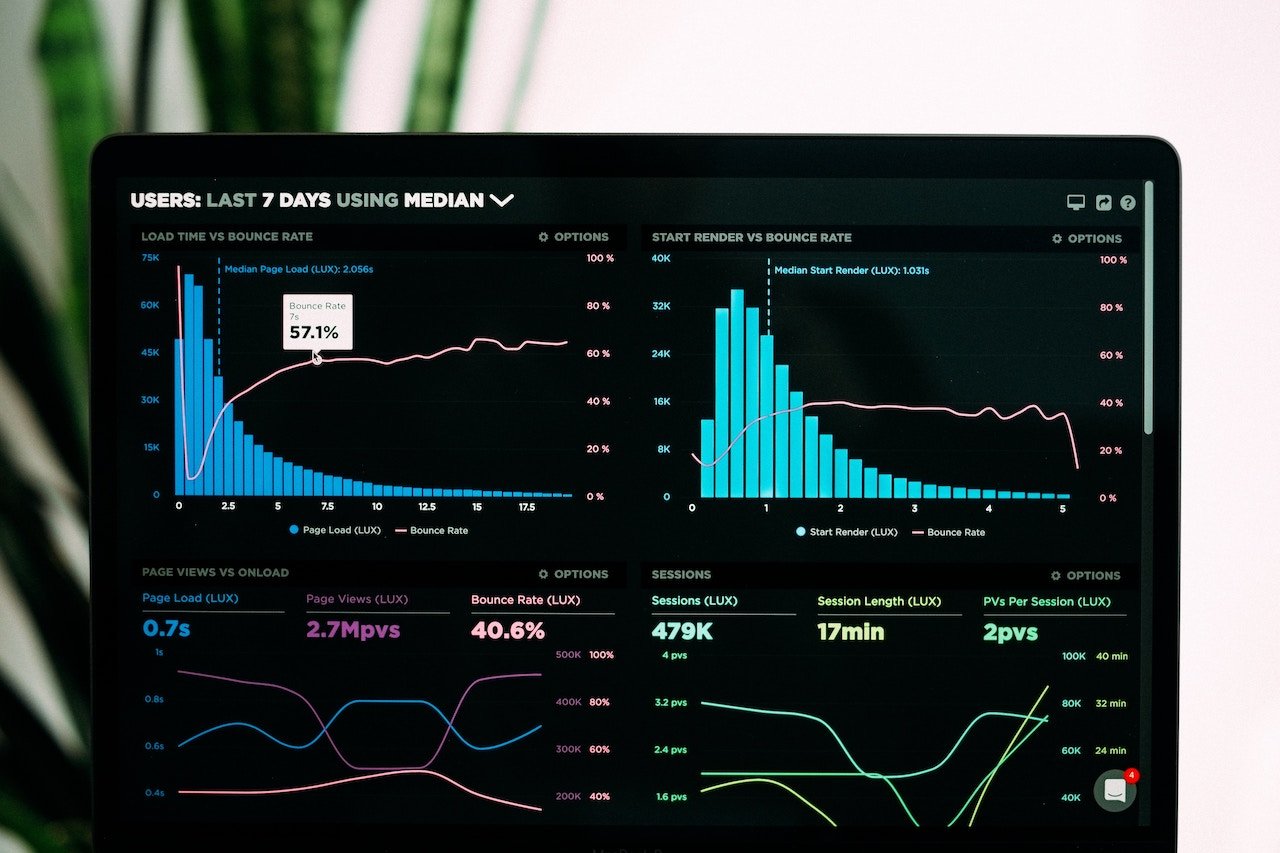Whilst digital is often seen as a tool to captivate younger audiences, statistics show that the ageing population are also active online. With Consumer-Directed Care shaping the aged care industry, providers need to improve their game plan to stay top of mind.
Here are the most relevant digital marketing statistics that will help inform the strategy of aged care providers.
Points of Differentiation for Aged Care Providers
-
68% of aged care marketers say that a website is the most effective channel to acquire clients. After doing their initial search online, senior people and/or carers would visit websites to learn specifics. (Brooks Adams Research).
-
Almost 90% of Australians in 50- to 70-year-old bracket have a smartphone that can connect to the internet. (Office of the eSafety Commissioner)
-
Facebook users in Australia aged 45 to 65 doubled from from 14% in 2010 to 30% in 2016. Facebook users in Australia aged 65-plus increased from 104,000 in 2010 to 950,000 in 2016. (Australian Ageing Agenda)
-
The internet outranks TV and paid media as the number one source for gathering information. 83% of senior living consumers research options on Google. (Google)
-
Baby boomers spend up to 23 hours a week online. Most of them read emails and the news, shop, use social media, and watch videos. (Google)
Aged Care Marketing Budget and Priorities in Australia
-
Media spend in the aged care and retirement sectors increased year on year by 28%. (The Weekly Source)
-
Senior living marketers name their top 3 priorities: lead generation (78%), brand awareness (58%), and sales (53%) (Brooks Adams Research).
Customer Experience in the Aged Care Sector
Customers are willing to pay more for excellent customer service. However, aged care providers have a long way to go. KPMG interviewed consumers and conducted “mystery shopper” calls to providers in Australia. Here are some of the findings:
-
60% of providers had dated website content
-
60% of providers in suburban sites, the first point of contact was unable to answer questions
-
80% of providers do not return phone calls to prospects









![#KatieTalks to Step Change’s Robert Steers [PODCAST]](https://blog.hellostepchange.com/hubfs/BLOG/Posts/5-Connection/katie-talks-robert-steers.001.jpeg)






